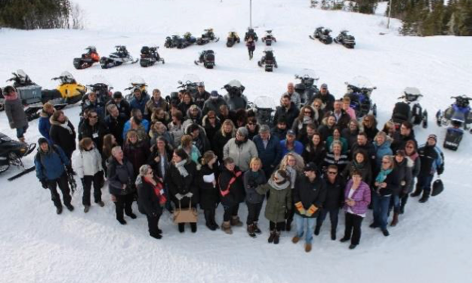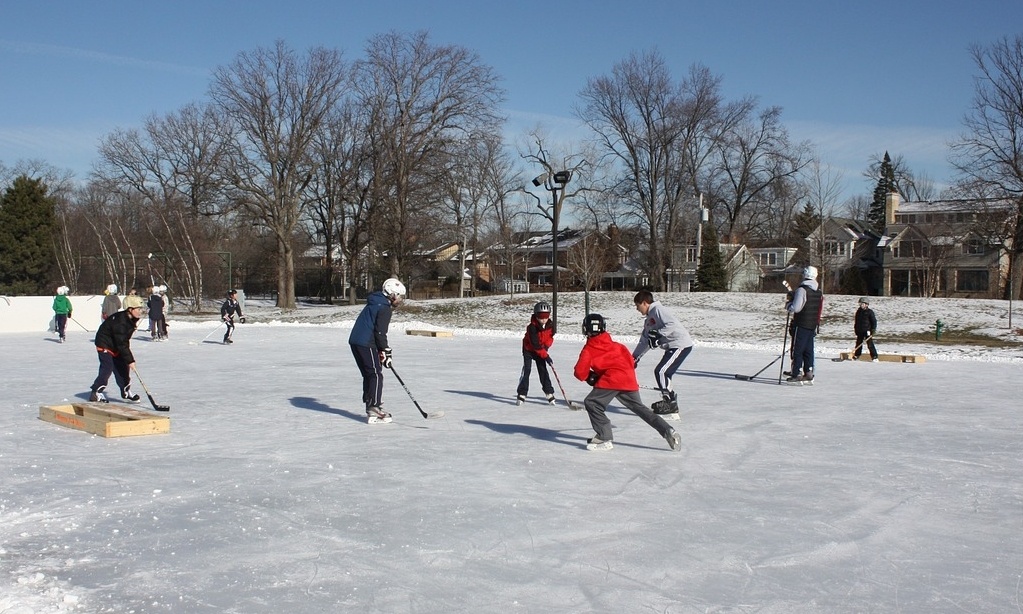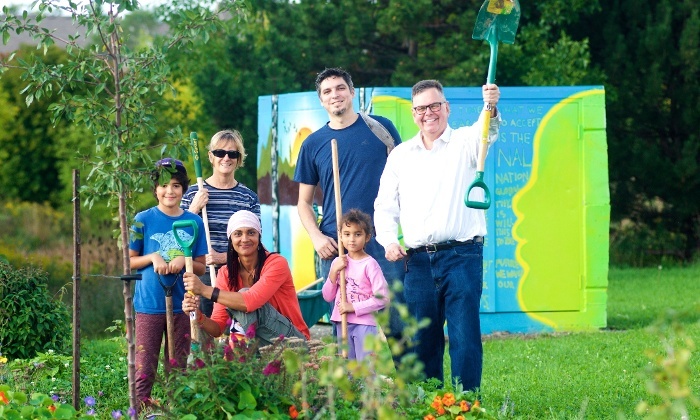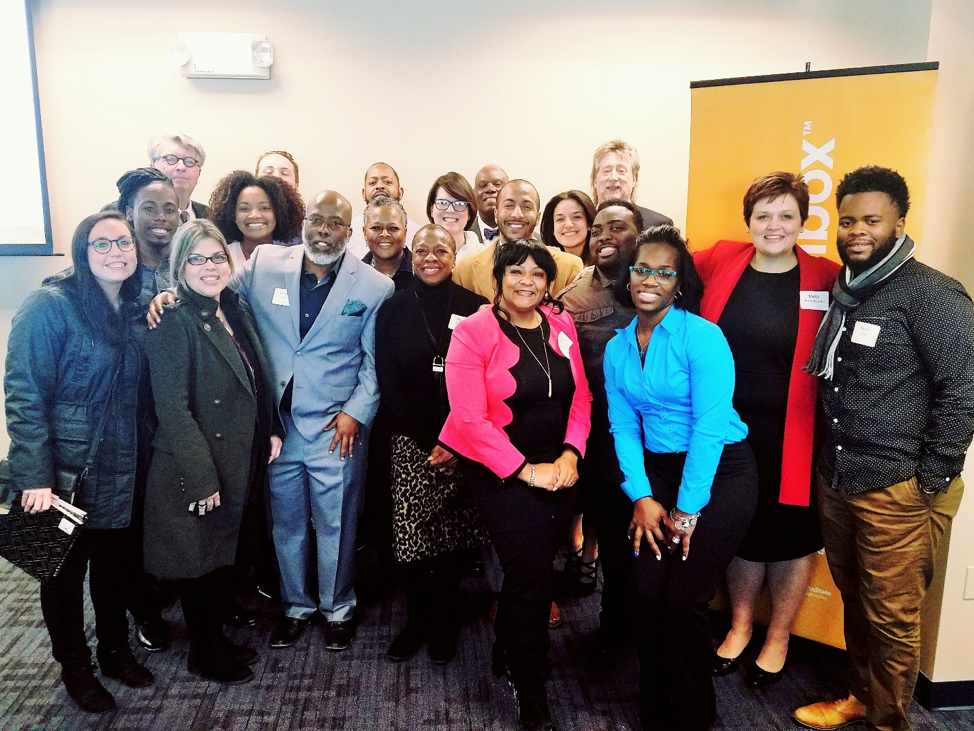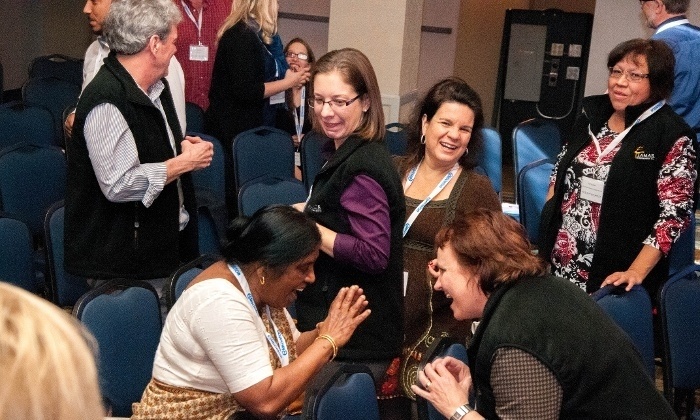Innovation Comes in all Sizes: Reflections from Three Days on the Lower North Shore of Quebec
It was early spring 2017 when a collective impact and community engagement capacity building gathering was held in La Tabatiere, Quebec. This tiny, isolated community of 499 residents hosted more than 100 colleagues from across the Lower North Shore region over three days, many arriving by snowmobiles and air as there are few roads that lead to the community in the winter.
The participants experienced a deep dive into four curriculum content areas including collaborative leadership, community engagement, community development and collective impact. The curriculum was designed to create a common language for all participants and to have them discover the great work that was already happening in the Region. In addition, the participants also learned about education and community-based success stories which were already driving innovation into the region.

